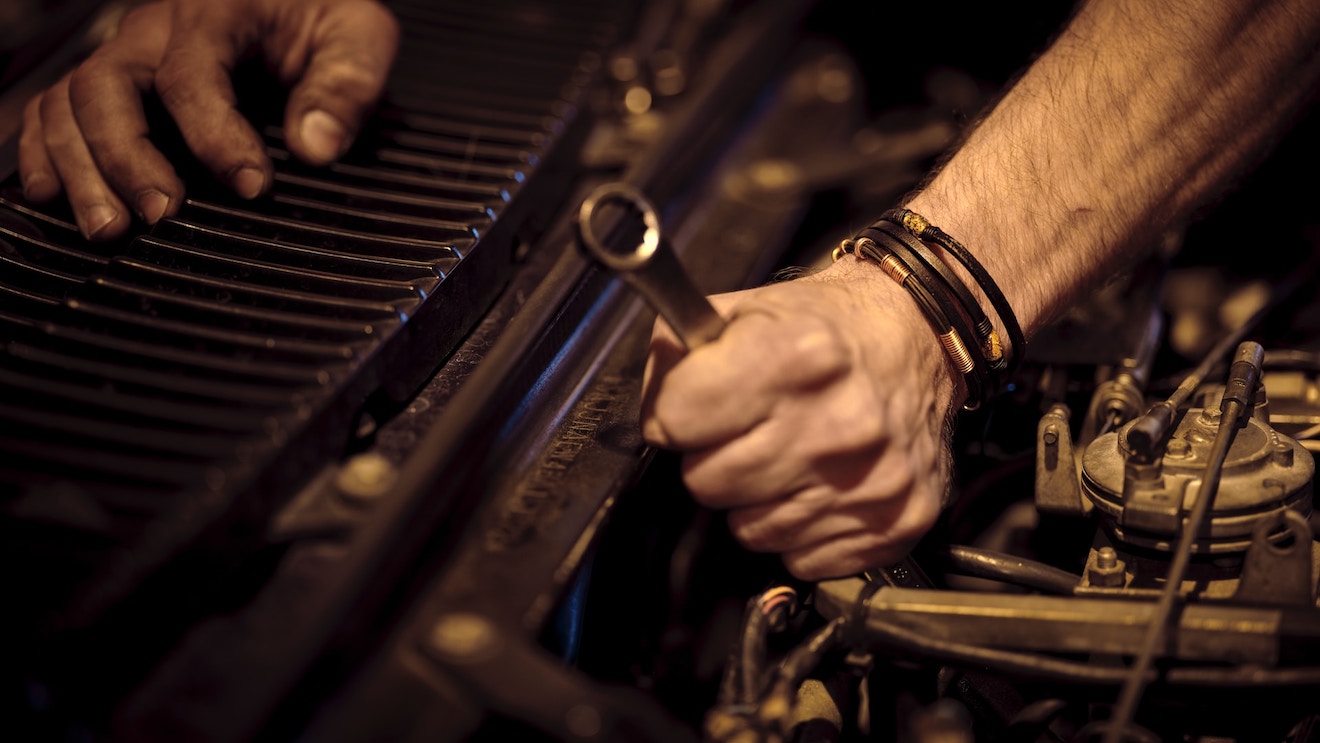
No matter what kind of vehicles your dealership sells, some will likely require reconditioning to be frontline-ready. Whether you’re dealing heavily in salvage vehicles or not, that can sometimes pose issues.
Let’s talk about some of the most common problems an independent dealer might face when reconditioning auto inventory, as well as some simple ways to address these problems and get vehicles on the lot faster.
1. Limited resources and time
Many business owners are frustrated by constraints on resources and time—and an independent auto dealership is no exception. Vehicle reconditioning can take days of work, and every day a vehicle is not on the lot is another day that it might be staying on your floorplan. With these constraints, dealers may struggle to balance reconditioning new inventory against other important aspects of the business like customer service and sales.
And when crunches happen, it can affect a dealer’s cash flow. Overstocking vehicles can strain your budget, and understocking can cost sales opportunities that could have brought in money. All in all, choosing how many vehicles to bring in and how much time to allot for recon on each one is not an easy task.
2. Limited staff and facilities
In order to recondition vehicles on your own, two critical needs must be met. First, you must have the proper equipment and facilities to do the work. This doesn’t necessarily mean that you need a full-fledged, fully equipped service center. But lacking necessary equipment makes it far more difficult to do quality work, and it lengthens the process as well.
You also need experienced staff who can get the job done, with specific knowledge and skills. Detailing, mechanical work, cosmetic and functional repairs alike—these are all disciplines that require training and expertise, whether they’re gained in school or through years of experience. If you don’t have people on staff who can do these things, an investment in training may be required.
3. Quality control
With reconditioning demands placed on your dealership in addition to the day-to-day management responsibilities your staff already shares, the ball could get dropped somewhere. When your team is incredibly busy, it can be hard to ensure quality control. And if a vehicle makes it to the lot with problems, it could end up costing you—whether that’s at the negotiating table or in terms of your reputation.
It can be difficult to keep reconditioning costs under control while also maintaining the level of quality that your customers expect.
4. Cost of auto reconditioning
There are two major costs involved. The first is your capital investment. Between parts and labor, reconditioning vehicles can get expensive. It can be difficult to keep those costs under control while also maintaining the level of quality that your customers are going to expect.
The second is opportunity cost. The money, time, and man-hours you choose to invest in one vehicle cannot be spent elsewhere. That doesn’t make it the wrong choice—but it does mean that a dealer should plan carefully to make sure that everything gets done.
5. Compliance
Vehicle reconditioning isn’t something you can do to your liking. There are regulations and rules to follow, like emissions and safety standards. And if you fail to comply, there can be stiff penalties, from negative word-of-mouth all the way to legal trouble. Compliance isn’t always easy, which can present issues for a dealer who is unprepared.
Two ways to solve vehicle reconditioning issues
Thinking strategically, there are two main directions that a dealer can head. The first is to invest in making auto reconditioning a real strength of your dealership. Build out your ability to recondition vehicles on site—purchase the necessary equipment and build the necessary facilities, hire skilled recon staff or train existing staff to be experts, and establish an efficient auto reconditioning process that produces quality work. For a larger dealership with available capital to invest, this might be a possibility.
The other option is to build a close relationship with a recon partner (or partners) that can do the work for you. Outsourcing work to a recon expert is a great option for dealerships that aren’t quite ready or willing to make the significant investment necessary to have the capability to do it on site. You can send different inventory to different partners depending on the vehicle’s needs, whether it’s just detailing work or a more thorough overhaul.
Don’t let auto reconditioning slow your growth
There will always be new inventory that needs recon work. But the more often you find yourself needing significant reconditioning, the more important it is that your dealership finds the right solution. If you don’t have solutions to the five issues we’ve listed, it’s time to take action to make sure reconditioning doesn’t become a major drain on your business.
